Africa’s Great Migrations
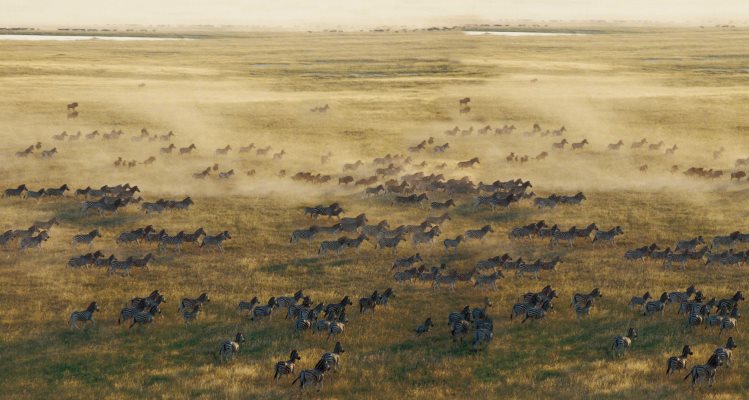
Africa’s Great Wildebeest Migration is one of the world’s longest and most extensive feats of wildlife endurance and probably the best known. However, let’s not forget the lesser-known migrations from the fabulously flamboyant carmine bee-eaters to the colossal southern right whale. Africa’s animal migrations, the big and the small, offer some of the most iconic and spectacular wildlife experiences.
The big and the small
Makgadikgadi Pans
The zebra migration between the Boteti River and the eastern Makgadikgadi Pans in Botswana is a round trip of 500km. It is triggered by the growth of nutritious grass in the Makgadikgadi area brought on by the November rains. This grazing is ideal for lactating mothers and provides amazing wildlife seasonal viewing.
When to see them: November to February. In late March, they begin their return journey to the Boteti River.
Where to stay: Meno a Kwena, Camp Kalahari, Jack’s Camp , Leroo La Tau – Botswana
Bat Migration
The largest mammal migration on earth: each year, up to 10 million straw-coloured fruit bats arrive in Zambia’s Kasanka National Park. They travel thousands of miles to reach this habitat filled with berries, fruits and flowers to eat. They are a vital part of this ecosystem, providing easy snacks for eagles, snakes and crocs and acting as seed dispersers and forest fertilisers.
When to see them: October to December
Where to stay: Wasa Lodge
Sardine Run
Once a year, in the Indian Ocean off the Eastern Cape, Wild Coast and KwaZulu Natal provinces of South Africa, enormous shoals of sardines migrate north, following cooler currents or to reproduce. These shoals can reach up to 15km long, 4km wide and 40m deep, so large they can even be seen from space. Diving is a popular activity during this migration due to the high concentration of predators such as dolphins, sharks, Cape fur seals, and humpback whales.
When to see them: May to July
Where to stay: Sala Beach House – South Africa
Great Wildebeest Migration
This continuous, circular migration is one of the most renowned attractions of Eastern Africa. It’s the largest herd movement in existence, comprised of mostly wildebeest with smaller numbers of zebra and Thomson’s gazelle amounting to a total of 2 million animals. A good location for witnessing this phenomenon is the Masai Mara in Kenya, where the wildebeest are attracted to the nutritious grasses and act as a magnet for the big cat predators.
When to see them: by August, September, and October, much of the herd has crossed the Mara River and are dispersed across the Masai Mara.
Where to stay: Kicheche Mara, Serian Nkorombo – Kenya
Flamingo migration
The intensely alkaline soda lakes deep in the Great Rift Valley in Kenya are popular locations for flamingos. Attracted by the algae they flock to Lake Magadi during the rainy season between November and May and in the drier months fly north to Lake Bogoria, known for its hot springs, geysers and huge amount of blue-green algae.
When to see them: November to May
Where to stay: Lentorre Lodge, Shompole Wilderness Camp – Kenya
Whales
Hermanus in South Africa is the best place to spot whales, in particular the southern right whale. They migrate from Antarctica to calve in the warmer waters around Hermanus, making them easy to spot even from land. This is a fantastic day trip option from Cape Town or stay on the water’s edge near Hermanus.
When to see them: June to December
Where to stay: Birkenhead House – South Africa
Carmine bee-eaters
Carmine bee-eaters follow a yearly migration route, travelling to Zambia, Zimbabwe and Botswana for the breading season from August to November, onwards to eastern South Africa until March, and then returning to the Congo in March. They nest in dry riverbanks, burrowing one or two metres deep with the same colony returning to the same stretch of river bank each year. The Luangwa River in Zambia and the Zambezi in Zimbabwe are ideal, as the water levels drop revealing perfect nesting sites.
When to see them: August to November – Zambia, Zimbabwe and Botswana and December to March in South Africa
Where to stay: Tena Tena Camp – Zambia, Goliath Camp – Mana Pools, Zimbabwe
The journeys these species embark on to find better feeding grounds or ancestral breeding places are quite astonishing. The mass migration and movement of animals as they fearlessly take on natural obstacles and hungry predators is one of the purest examples of the circle of life.
What Next?
Aardvark Safaris help plan every type of safari from family and beach holidays to riding and primate safaris. Do get in touch – chatting to people by phone or email is what we do best. We listen, we explain, we answer all sorts of questions even those you didn’t know to ask, and finally we make suggestions. If this is your first time to Africa or your twenty first, we have a team standing by to help make the planning easy and the journey the best ever. Please get in touch whatever stage you’re at.
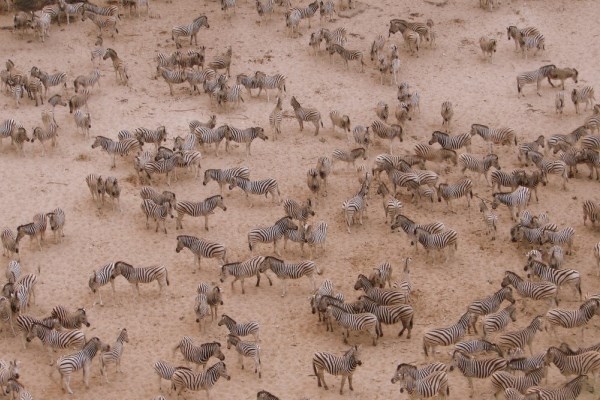
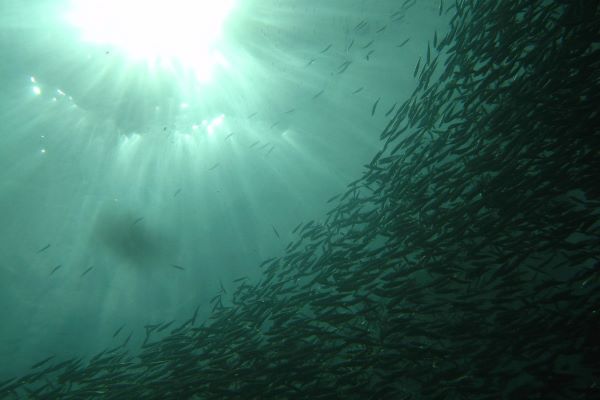
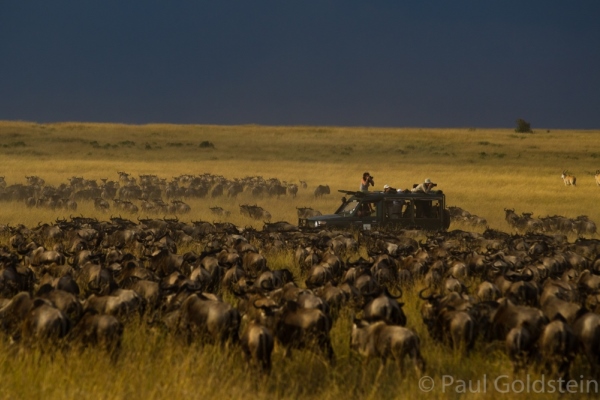
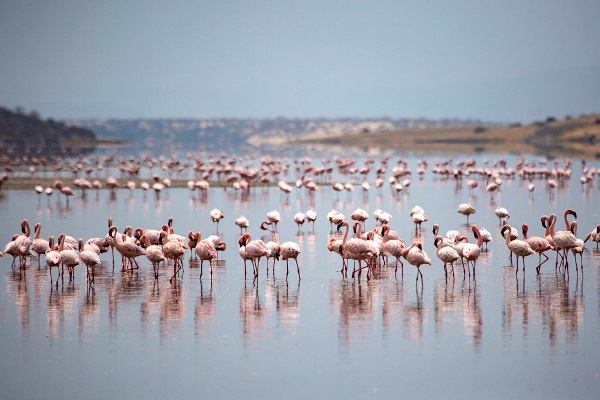
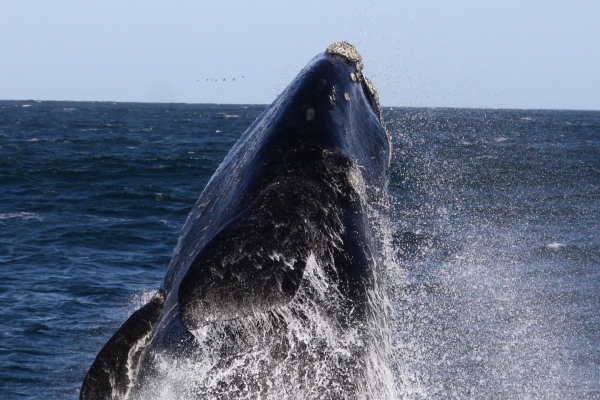
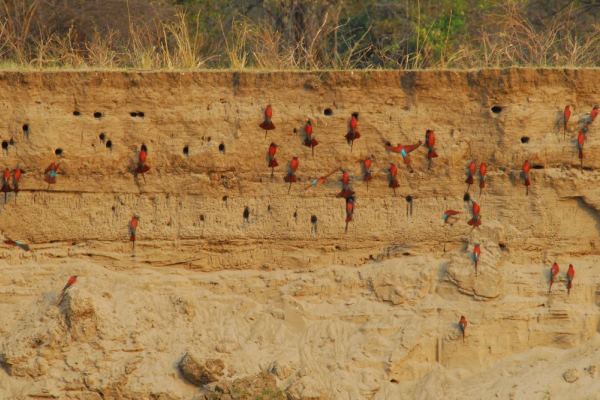
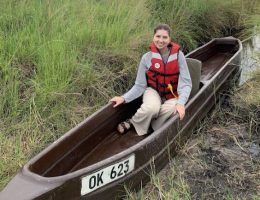
Leave a Reply